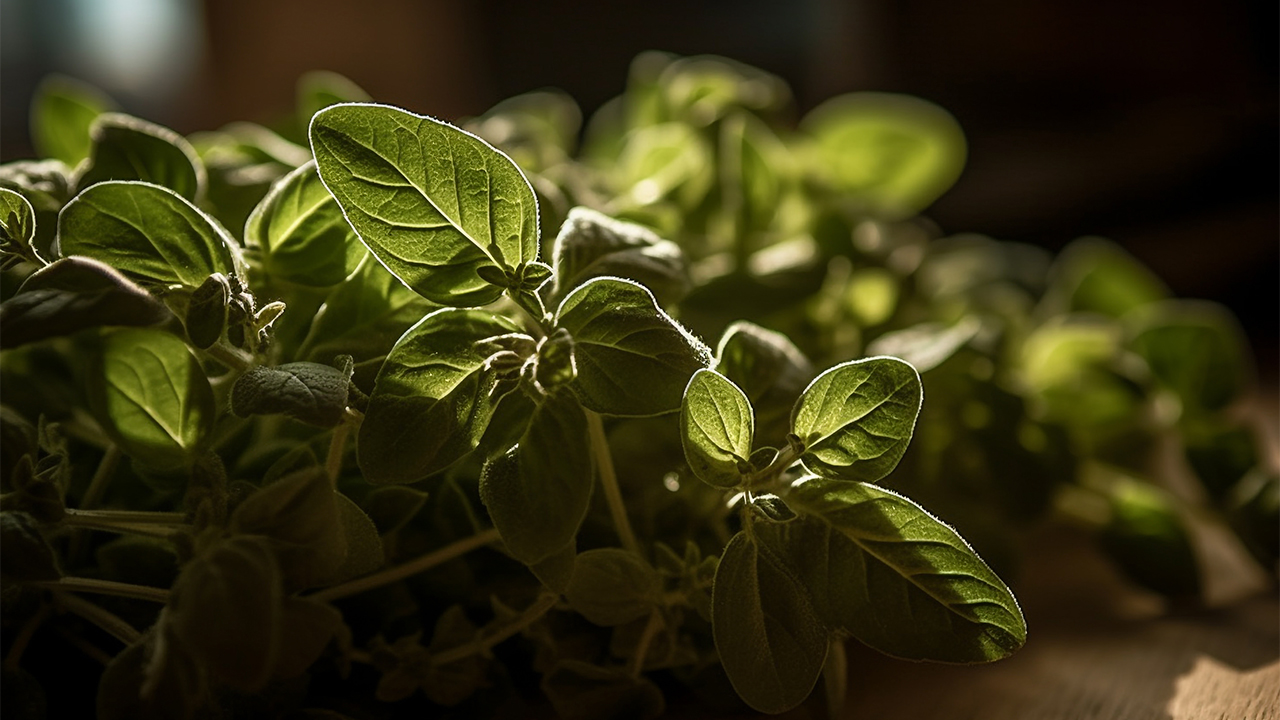UNIVERSITY PARK, Pa. — An often-ignored water plant that can double its biomass in two days, capture nitrogen from the air — making it a valuable green fertilizer — and be fed to livestock and poultry could serve as life-saving food for humans in the event of a disaster or catastrophe, a new study led by Penn State researchers suggests.
Native to the Eastern U.S., the plant, Azolla Carolinian Willd — generally known as Carolina Azolla — also could ease food insecurity shortly, according to a study recently published in Food Science & Nutrition. The scientists found that the Carolina strain of Azolla is more digestible and nutritious for people than Azolla varieties that grow in the wild and are also cultivated in Asia and Africa for livestock feed.
The study, which was run by Daniel Winstead, a research assistant in the labs of Michael Jacobson, professor of ecosystem science and management, and Francesco Di Gioia, assistant professor of vegetable crop science, is part of a bigger interdisciplinary research project calledFood Resilience in the Face of Catastrophic Global Events conducted in theCollege of Agricultural Sciences.
Across the world, other types of Azollas have been used for thousands of years as livestock feed and as green manure to feed crops because of the plant’s ability to fix nitrogen, says Jacobson. The use of Azolla for people’s consumption was thought to be restricted by its high total polyphenolic content, which interferes with its digestibility. However, this research proves that the phenolic content of the Carolina strain is much lesser, and by cooking the plant will reduce it further.
Polyphenols, which are naturally abundant compounds found in plants, at lesser concentrations are beneficial to human health because of their antioxidant activity, however, high concentrations of polyphenols can limit nutrient absorption in the body and act as antinutritional factors, Jacobson explained. Gallic acid is a stable phenol and has become an average measurement to determine phenol content in food.
In the study, Carolina Azolla — which has been well known for having a neutral taste and a crisp texture — was grown in a greenhouse situated at Penn State’s University Park campus. The scientists determined that Carolina Azolla has a total phenolic content of about 4.26 grams, gallic acid equivalents per kilogram dry weight.
This measurement compares with fruits, Winstead pointed out, which generally are between 1.4 and 6.2; beans at 1.2 to 6.6; and nuts, ranging from 0.5 to 19. By comparison, he added, other types of Azolla that grow in Africa and Asia are between 20 and 69 grams, of gallic acid equivalents per kilogram dry weight— extremely high for people to digest easily.
The scientists tested three cooking methods — boiling, pressure cooking, and natural fermentation —and several studies have shown can reduce polyphenolic content in foods, to reduce antinutritional factors potentially restricting the consumption of azolla by both people and livestock. Tests showed total phenol content was lessened by 88%, 92%, and 62% with boiling, pressure cooking, and natural fermentation, respectively, compared to the raw plant.
Carolina Azolla — sometimes referred to as water fern, fairy moss, and mosquito fern— holds great potential for use as a fast-growing, short-season crop that needs slight inputs, upkeep, and processing, Winstead noted, adding that the plant could be used to increase the food supply.
Our study highlights the moderate protein content and nutritional value of Carolina Azolla and reveals that cooking methods can easily and significantly reduce total phenolic content, he said. Azolla’s moderate protein and high mineral yields make these types essential for cultivation.
The easy, fast-growing nature of Azollacultivation makes it an ideal resource during disasters and catastrophes, as well as for often used by smallholder farms and low-income areas, say the researchers. It is a multipurpose wild eatable plant that holds great potential for nutritional, agricultural, economic, and resiliency benefits but needs more development.
Whether it be for a quick-fix solution in catastrophe scenarios or a long-term resilience plan, Carolina Azolla has the potential to provide big amounts of protein and calories for individuals and livestock, he said, noting that the plant has even been considered for inclusion in the U.S. space program. If systems for Azolla cultivation and preparation can be made more efficient, its indoor or outdoor cultivation after natural disasters could provide supplemental nutrient production that is climate resilient.
This study connects to other ongoing systematic reviews by the same Penn State researchers examining regional, resilient, drought-resistant food crops and increased agrobiodiversity in the face of disasters becoming more regular and often resulting in food-system disruptions.
Presently, we are doing reviews in African regions, Jacobson said. Hopefully, revealing the viability of the lesser-used plants can help society be more organized to secure a resilient food system. Marjorie Jauregui, a doctoral degree student in food science and international agriculture, contributed to this research.








